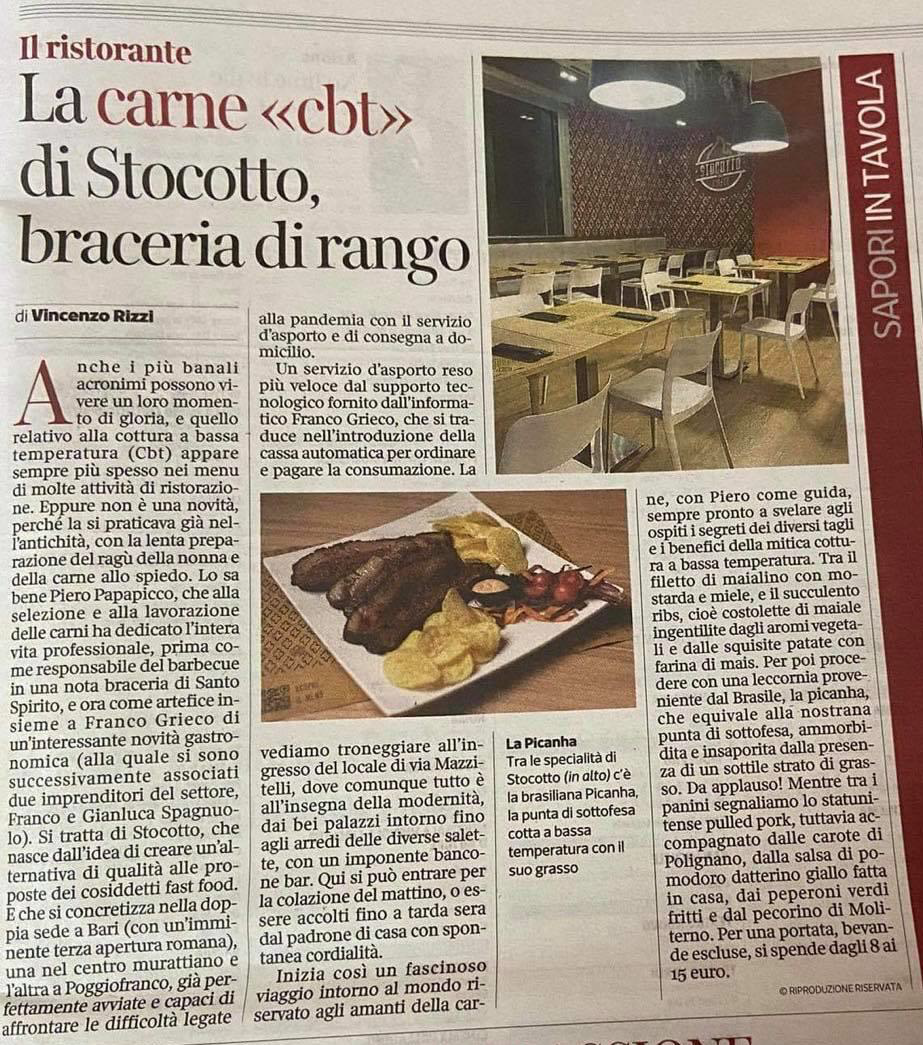
History

Low-temperature cooking, or as insiders call it 'sous-vide', was first conceived by American physicist Benjamin Thompson in the late 18th century, exploring the use of hot air for cooking.
Over time, it gained popularity among renowned chefs and found its way into domestic kitchens worldwide.
Enhanced Flavors
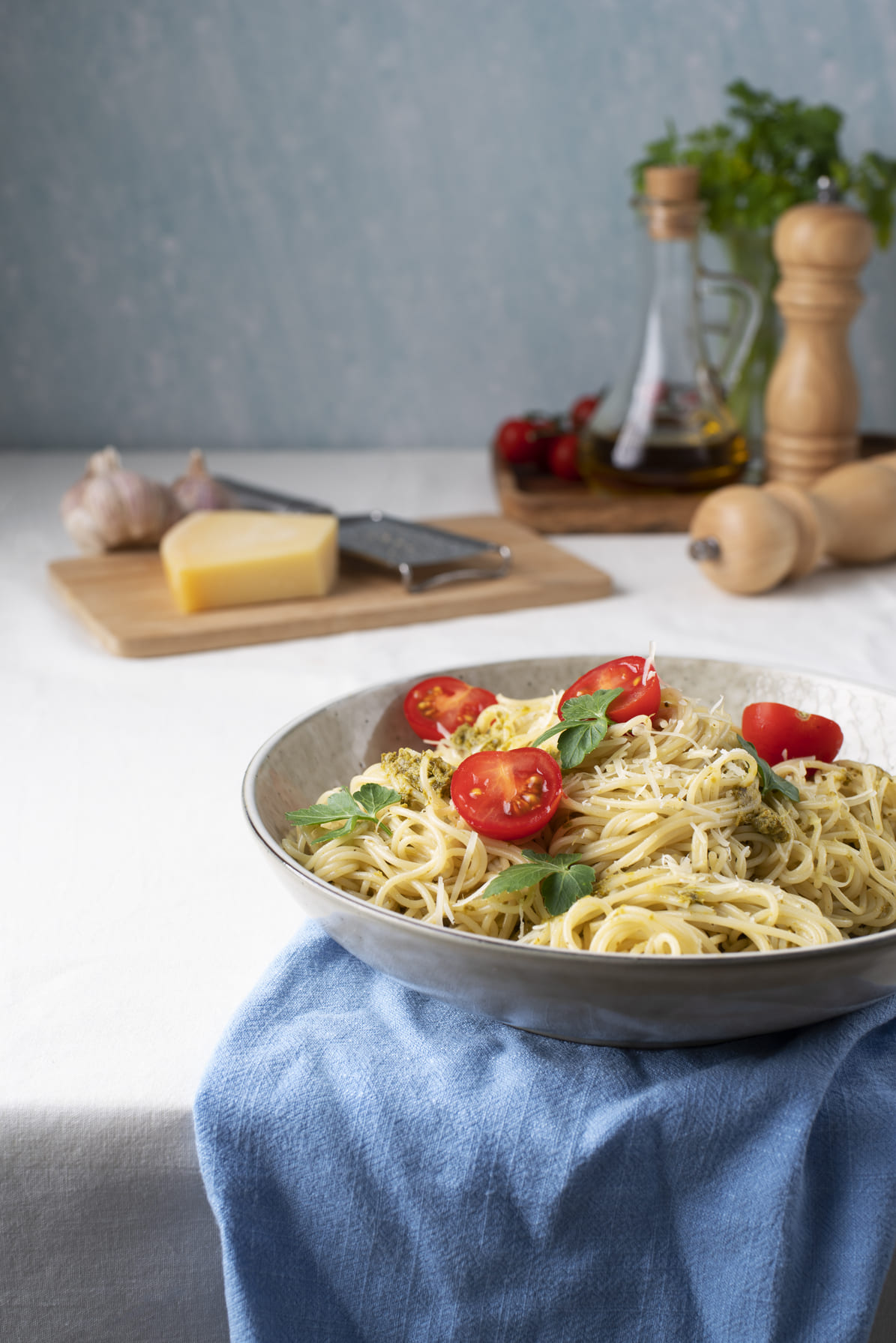
Low-Temperature Cooking, especially for meat and fish, enhances flavors by preserving juices and aromas.
Cooking above 65°C can cause loss of moisture and flavor due to liquid dispersion and tissue hardening.
With Low-Temperature Cooking, nutritional properties and flavors remain intact, ensuring perfect texture and taste.
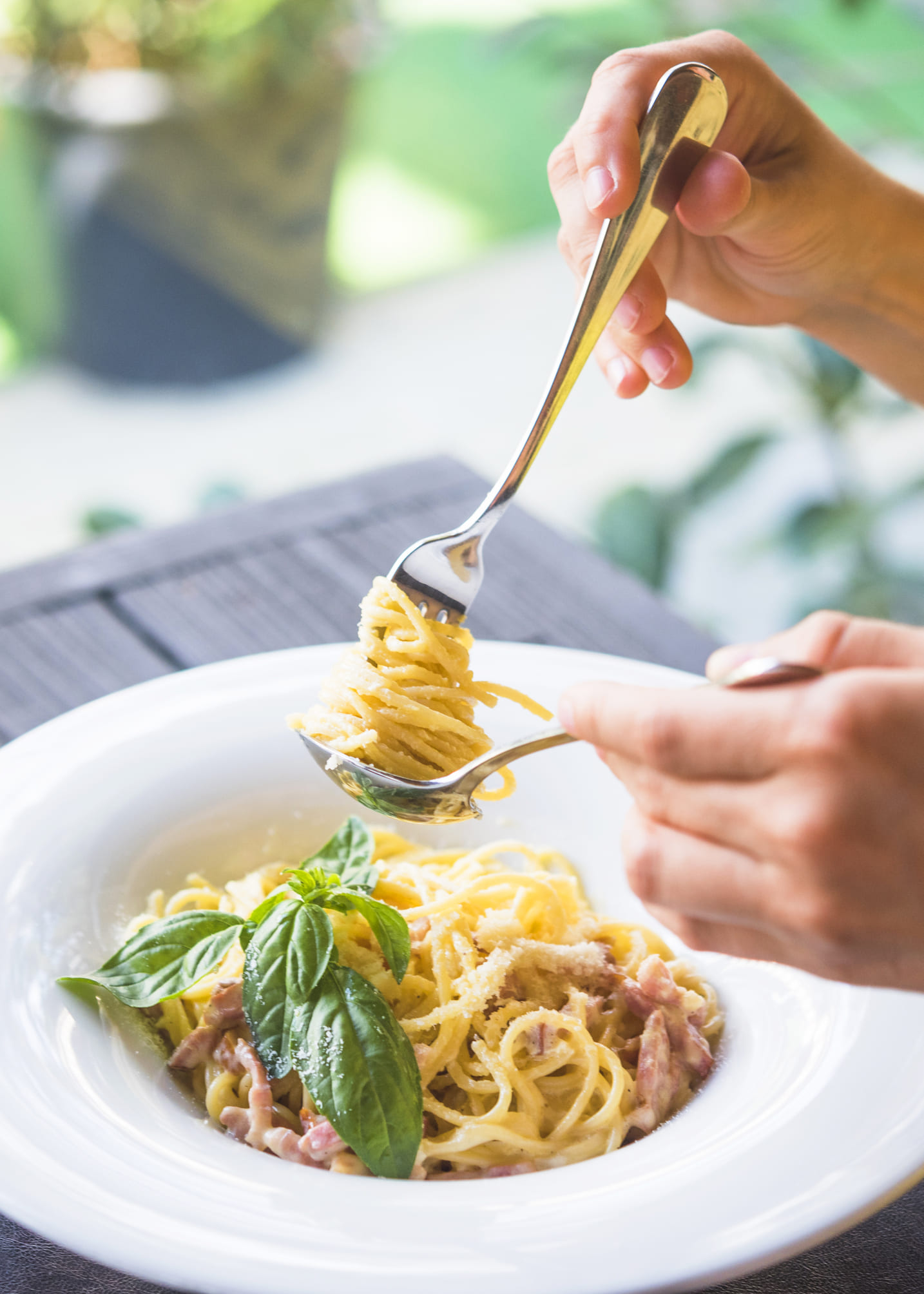
Health Benefits
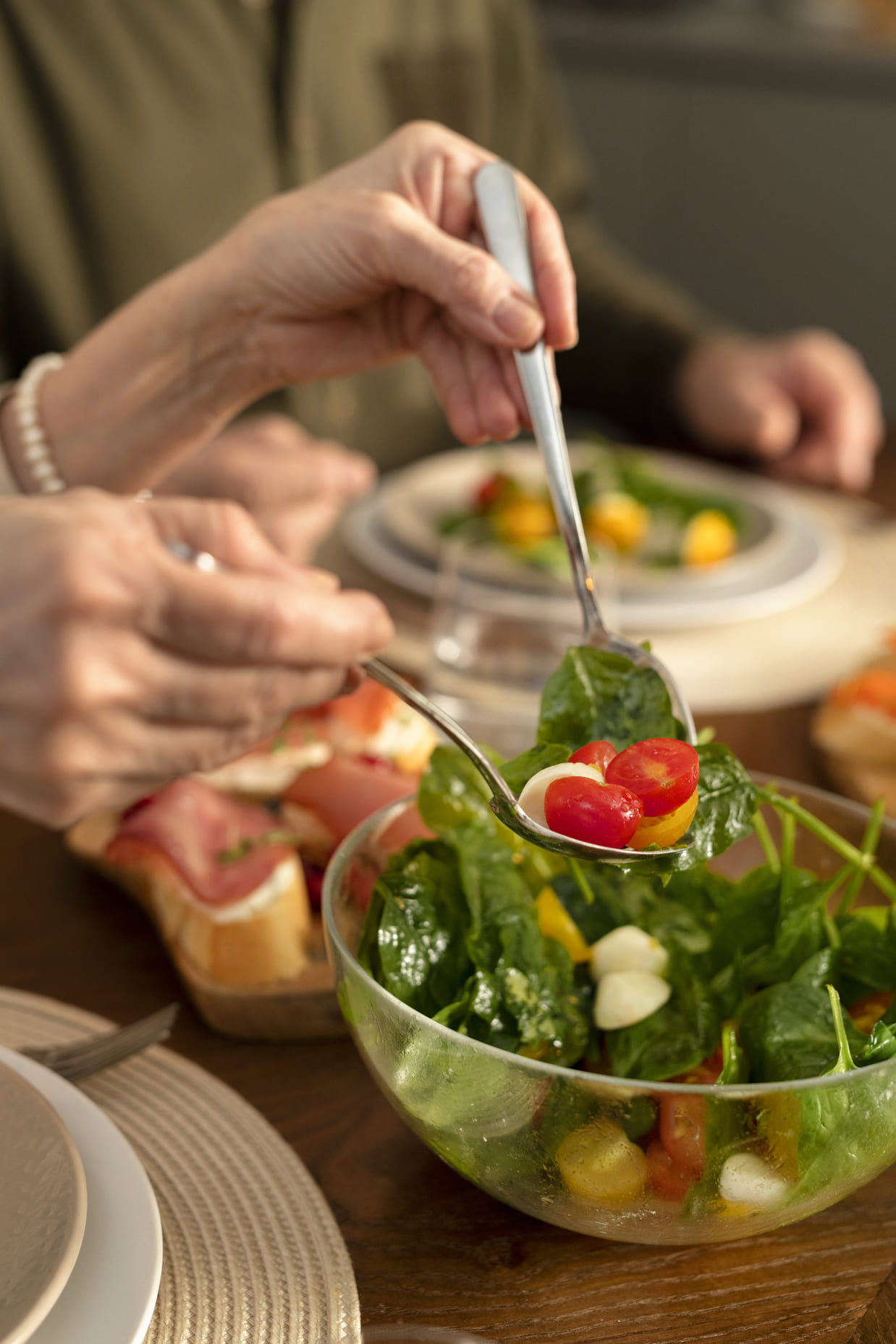

Low-Temperature Cooking's prolonged, controlled cooking effectively eliminates harmful microorganisms while retaining food's nutritional value, making it a healthier option.
Moreover, the persistent heat of slow cooking effectively eradicates bacterial spores that may withstand brief exposure to high temperatures.
Vacuum cooking is renowned for its ability to minimize the depletion of essential vitamins and minerals in food.
By cooking evenly from the surface to the core, it eliminates the formation of carcinogens often associated with dry, high-temperature cooking methods like grilling.
The gentle, low-temperature cooking process facilitates the breakdown of chemical bonds within proteins, fats, and sugars, enhancing the digestibility of the food.
Focal points
